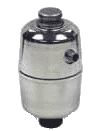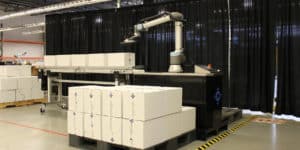Metrology Glossary: Creep Recovery
What Is Creep Recovery?
Creep recovery is a phenomenon characterized by the gradual and natural return of a material to its initial shape and dimensions after it has experienced continuous and sustained loading or stress. This restorative process occurs due to the relaxation of internal stresses within the material, which allows it to regain its initial configuration. The extent of creep recovery exhibited by a material is influenced by several key factors. These include the unique properties of the material itself, the magnitude of the applied stress or load, and the duration over which this stress is applied. Understanding creep recovery is crucial in various engineering and material science applications as it helps ensure the long-term stability and durability of structures and components subjected to sustained mechanical forces.
Why Is Creep Recovery Important?
Process Optimization and Control:
- Enhanced Manufacturing Processes: Optimize manufacturing processes by considering material creep recovery characteristics, minimizing deformation for consistent quality.
- Precision Control in Finished Products: Manage stress and temperature during production based on creep recovery effects, ensuring dimensional accuracy in final products.
Structural Integrity and Design:
- Deformation Prediction for Stability: Anticipate sustained load impacts on structures, enhancing stability. Creep recovery data aids in designing resilient buildings, bridges, and aircraft.
- Optimized Material Selection: Engineer materials based on their creep recovery behavior, ensuring optimal choices for specific applications and prolonged service life.
- Assessing Stress-Relieving Techniques: Evaluate methods such as preloading for accelerated creep recovery to enhance overall structural performance.
Material Characterization and Development:
- Innovative Creep-Resistant Materials: Understand creep recovery mechanisms to develop materials resistant to sustained loads, applicable in aerospace and medical implant fields.
- Non-Destructive Quality Testing: Use creep recovery measurements for non-destructive testing, ensuring material and component integrity and preventing failures.






